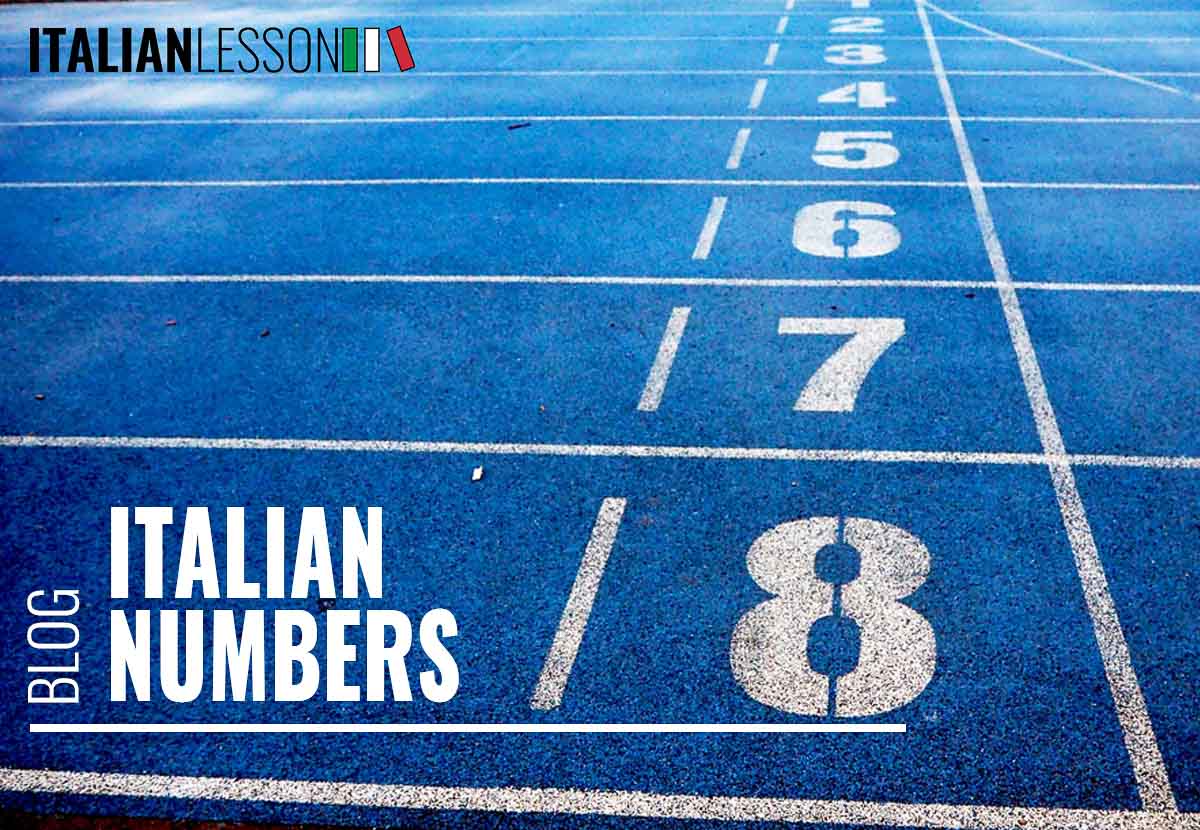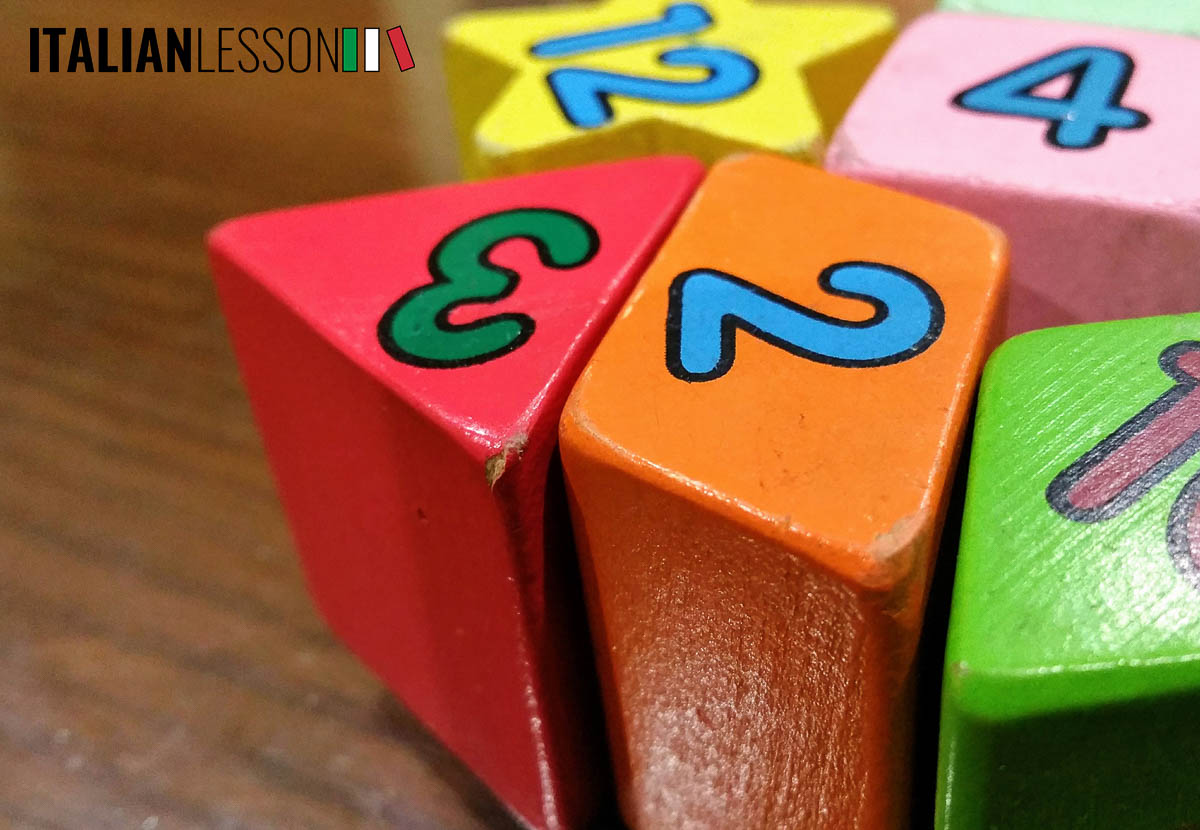
Ciao! Let’s take a look at Italian numbers!
Have you ever asked yourself how to say in Italian, “How much/how many?”
And how to answer this question with Italian numbers? How do you count in Italian?
The Italian language is easy if you have a passion for Italian culture. Are you ready? Let’s go!
Today we’ll talk about Italian numbers, and how to count in Italian.
We will see the difference between the cardinal numbers and ordinal numbers, and how to ask “how many” + numbers in Italian.
Let’s look at Italian numbers
For example:
Quante magliette hai nell’armadio? / How many T-shirts do you have in your closet?
Quanti anni impiegherò per imparare l’italiano? / How many years will I take to learn Italian?
Not too long, don’t worry!
– “Quanto” (male, sing), “quanta” (female, sing), “quanti” (male, plu), “quante” (female, plu) are adjectives.
We use them to ask the amount of something, a quantity.
Next to the question, the answer will follow with a number.
The letters in bold follow the gender and singular/plural of the noun to which they refer.

Let’s see the Italian cardinal numbers.
They are the numbers that allow us to count.
| Now we will see how we count to 10 in Italian: |
| 1 = Uno 2 = Due 3 = Tre 4 = Quattro 5 = Cinque 6 = Sei 7 = Sette 8 = Otto 9 = Nove 10 = Dieci |
Quanto dura il corso di italiano? Dal cinque al ventidue maggio / How long is the Italian course? From 5th to 22nd MAY

Italian ordinal numbers.
They are the numbers that allow us to arrange the various elements of a group in a reasonable order. (first, second, third etc)
Let’s see how we count ordinal numbers to 10° (10th) in Italian and how they work from 11° (11th) .
Attention! They are adjectives, if they find themselves before a noun.
It means that the last letter of the ordinal number follows the gender and singular/plural of the noun to which they refer.
| 1° = Primo, prima, primi, prime (masculine sing, female sing, masculine plu, feminine plu) 2° = Secondo, seconda, secondi, seconde 3° = Terzo, terza, terzi, terze 4° = Quarto, quarta, quarti, quarte 5° = Quinto, quinta, quinti, quinte 6° = Sesto, sesta, sesti, seste 7° = Settimo, settima, settimi, settime 8° = Ottavo, ottava, ottavi, ottave 9° = Nono, nona, noni, none 10° = Decimo, decima, decimi, decime |
Io preferisco i primi piatti / I prefer first courses
“Piatti” (male, plu)
Non puoi già sapere come si gioca se è la tua prima volta / You can’t already know how to play if it’s your first time
“Volta” (female, sing)
| From 11° on, the rules become more stable to create ordinal numbers in Italian. |
| Cardinal number “undici” (11) -> Ordinal number “undic-esimo/esima/esimi/esime” (11°) Cardinal number “dodici” (12) -> Ordinal number “dodic- esimo/esima/esimi/esime” (12°) Cardinal number “tredici” (13) -> Ordinal number “tredic- esimo/esima/esimi/esime” (13°) Cardinal number “quattordici” (14) -> Ordinal number “quattordic- esimo/esima/esimi/esime” (14°) Cardinal number “quindici” (15) -> Ordinal number “quindic- esimo/esima/esimi/esime” (15°) |
Here is a link to more in-depth information on cardinal numbers:
👉🏻 https://it.wikipedia.org/wiki/Numero_cardinale
Check out our article “How to ask ‘what time is it?’ in Italian”:
👉🏻 https://italianlesson.it/en/how-to-say-in-italian/how-to-ask-what-time-is-it-in-italian/
Hope to see you soon!
